Strange coneflower abnormality
User
7 years ago
Featured Answer
Sort by:Oldest
Comments (35)
User
7 years agoRelated Discussions
abnormal yellow squash??
Comments (4)Ahh, they look almost like deformed ears of corn don't they? I'd lay it off on some sort of issue at pollination or some virus will have that effect. But so can some pests and I see the little look-like dark puncture mark in the center of each swelling. Otherwise no way to tell for sure. Dave...See MoreConeflower growing from seed. Newbie
Comments (1)The seed need 4 weeks at 40F as a pretreatment...If they did not get this then store in refrigator for required additional time.... then lightly cover seed soil temp 70-75F for germination.. taking 10-12 days..... germination to transplant 8 weeks....See MoreStrange Coneflower
Comments (18)I thought your coneflower was unique. Until I walked out and looked at my Ruby Stars today. The blooms on several of the plants look like yours. All the blooms! Not a petal anywhere in sight! These plants are at least 5 years old and have never done this before. I have some plants that have their normal blooms. I am dumbfounded. I have not changed anything that I am doing. Anyone have any ideas on what is going on? I will try to post a picture later today....See MoreDying coneflowers
Comments (5)Thanks for the info, while I was researching aster yellows, I came across some info on eriophyid mites. After studying my remaining coneflowers, I almost think that's what they may have. I don't really have that deformed growth that the aster yellows usually exhibits. You know anything about these mites? In various articles I read, it says with the mites you can simply cut the plants back and they will be fine the next season, however with the aster yellows, it is recommended to completely remove them. I'm not sure which way to go. http://urbanext.illinois.edu/focus/per_echinacea.cfm...See MoreUser
7 years agoUser
7 years agoUser
7 years agoUser
7 years agosunnyborders
7 years agoNevermore44 - 6a
7 years agoarcy_gw
7 years agoUser
7 years agoNevermore44 - 6a
7 years agosunnyborders
7 years agolast modified: 7 years agoUser
7 years agoUser
7 years agoNevermore44 - 6a
7 years agoPatty W. zone 5a Illinois
7 years agoUser
7 years agoPatty W. zone 5a Illinois
7 years agosunnyborders
7 years agolast modified: 7 years agoNevermore44 - 6a
7 years agoUser
7 years agoUser
7 years agosunnyborders
7 years agoNevermore44 - 6a
7 years agoUser
7 years agosunnyborders
7 years ago
Related Stories
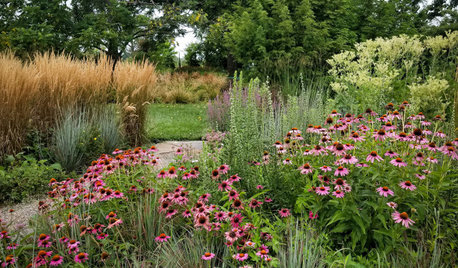
FALL GARDENING20 Favorite Flowers for the Fall Landscape
Vivid blooms and striking shapes make these annuals and perennials a delight in autumn gardens
Full Story
GARDENING GUIDES8 Native Shrubs for Year-Round Bird Feeding
It’s not just about berries. These plants provide insects for birds and seasonal interest for gardeners
Full Story
MOST POPULARThe Polite House: On ‘No Shoes’ Rules and Breaking Up With Contractors
Emily Post’s great-great-granddaughter gives us advice on no-shoes policies and how to graciously decline a contractor’s bid
Full Story
GARDENING GUIDESWe Bust 4 More Native Plant Myths
Have you been taken in by these fallacies about gardening with native plants?
Full Story
FARM YOUR YARD9 Ways to Change Up Your Vegetable Garden for the Coming Season
Try something new for edible plantings that are more productive than ever
Full Story
CURB APPEAL7 Ways to Create a Neighborly Front Yard
Foster community spirit by setting up your front porch, paths and yard for social interaction
Full Story
GARDENING GUIDES13 Risks to Take for True Garden Rewards
Go ahead, be a rebel. Breaking rules in the garden can lead to more happiness, creativity and connection with the earth
Full Story
GARDENING GUIDES8 Plants for a Deliciously Fragrant Fall Garden
Scent the autumn air with the perfume of caramel corn, honey and spices by adding these intoxicating plants to your landscape
Full Story
LANDSCAPE DESIGNHow to Help Your Home Fit Into the Landscape
Use color, texture and shape to create a smooth transition from home to garden
Full Story


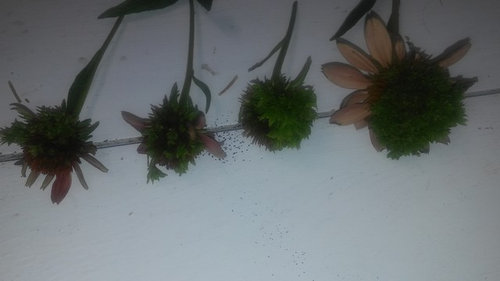

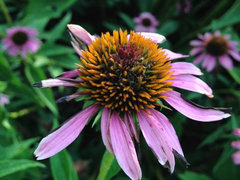
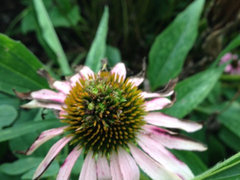

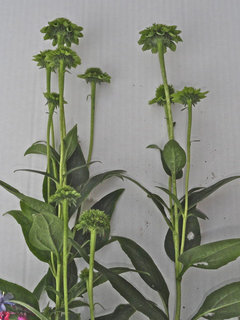

Nevermore44 - 6a